Joseph Rodefer De Camp (1858-1923)
Get a De Camp Certificate of Authenticity for your painting (COA) for your De Camp drawing.
For all your De Camp artworks you need a Certificate of Authenticity (COA) in order to sell, to insure or to donate for a tax deduction.
Getting a De Camp Certificate of Authenticity (COA) is easy. Just send us photos and dimensions and tell us what you know about the origin or history of your De Camp painting or drawing.
If you want to sell your De Camp painting or drawing use our selling services. We offer De Camp selling help, selling advice, private treaty sales and full brokerage.
We have been authenticating De Camp and issuing certificates of authenticity since 2002. We are recognized De Camp experts and De Camp certified appraisers. We issue COAs and appraisals for all De Camp artworks.
Our De Camp paintings and drawings authentications are accepted and respected worldwide.
Each COA is backed by in-depth research and analysis authentication reports.
The De Camp certificates of authenticity we issue are based on solid, reliable and fully referenced art investigations, authentication research, analytical work and forensic studies.
We are available to examine your De Camp painting or drawing anywhere in the world.
You will generally receive your certificates of authenticity and authentication report within two weeks. Some complicated cases with difficult to research De Camp paintings or drawings take longer.
Our clients include De Camp collectors, investors, tax authorities, insurance adjusters, appraisers, valuers, auctioneers, Federal agencies and many law firms.
We perform Joseph Rodefer De Camp art authentication, appraisal, certificates of authenticity (COA), analysis, research, scientific tests, full art authentications. We will help you sell your Joseph Rodefer De Camp or we will sell it for you.
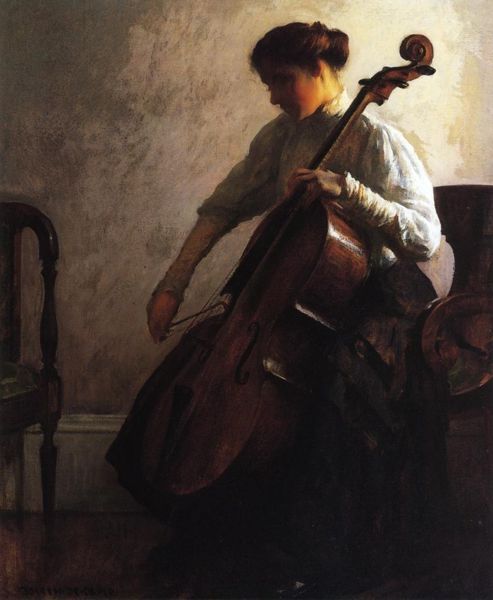
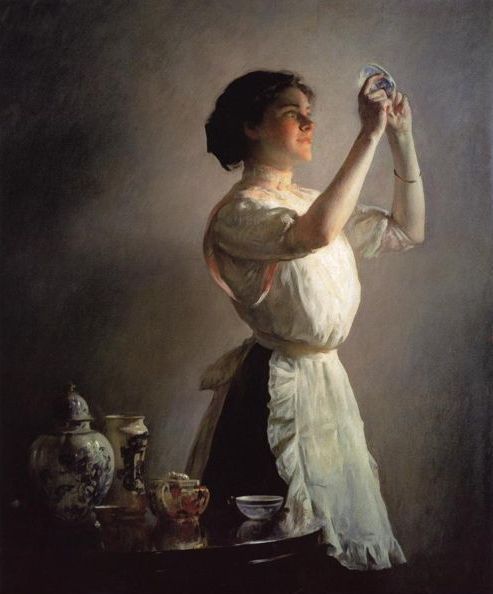
Joseph Rodefer De Camp was an American painter who was born in Cincinnati, Ohio but spent much of his career in Boston. When De Camp was only seventeen he initiated his art studies in Munich, Germany. In Munich, De Camp studied under the American painter, Frank Duveneck who led a group of artists known as the “Duveneck Boys”.
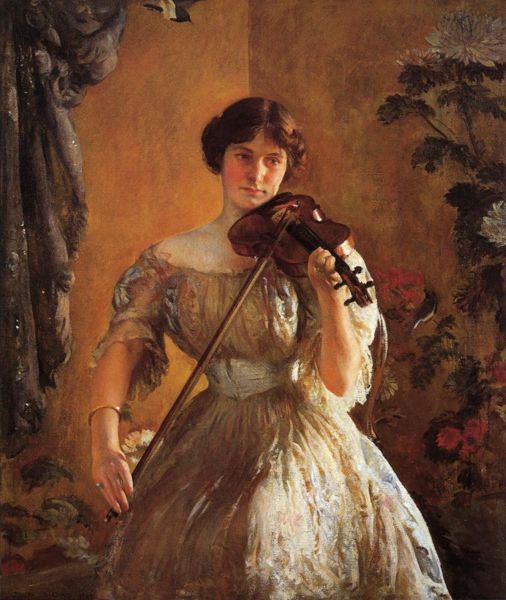
De Camp was greatly influenced by the teaching of Duveneck, as well as the Dutch Masters whose work he saw while he was in Europe. De Camp was especially drawn to the work of Jan Vermeer.
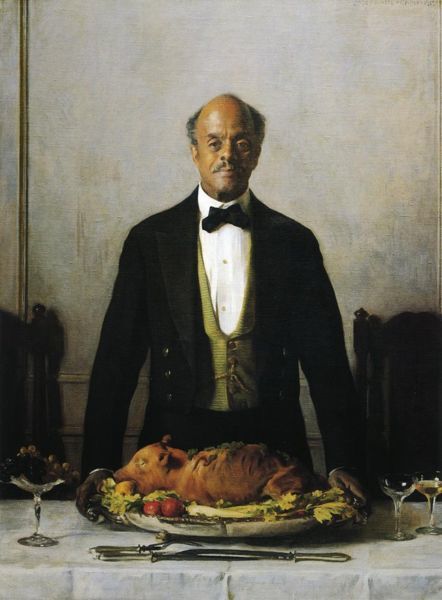
De Camp was known for his figurative paintings of women in interiors, portraits and landscapes. De Camp’s style referenced both Realism and Impressionism but leaned toward the latter as he matured as an artist.
In 1880 De Camp returned to the United States and secured a job teaching art and painting portraits in Boston. De Camp entered the local art scene in Boston and joined the Boston School of Painting. The Boston school, led by Edmund Charles Tarbell and Emil Otto Grundmann was known for its atmospheric and emotional style known as Tonalism. In 1897 De Camp helped to found a group called the Ten American Painters, who primarily painted in an Impressionist style. De Camp continued to paint portraits throughout his career, including a portrait of Theodore Roosevelt as well as several other well-known people of the time.
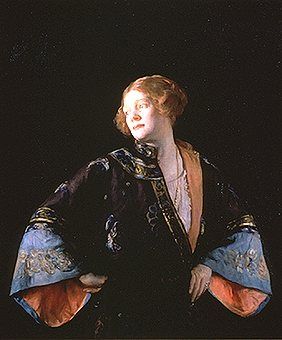
Unfortunately in 1904, many of De Camp’s paintings were lost in a fire that destroyed his Boston Studio in the Harcourt Building. While most of his early paintings and landscapes were destroyed, many of his portraits belong to major museums. His paintings are currently in the collections of the Museum of Fine Arts in Boston, the Cincinnati Art Museum, Colby College Museum in Maine, the Harvard University Art Museum and the Terra Foundation of American Art in Chicago. De Camp’s paintings are an asset to any fine art collection.
Do you think you own a painting by Joseph De Camp? Contact us. We are the Joseph De Camp experts.
Reviews
1,217 global ratings
5 Star
4 Star
3 Star
2 Star
1 Star
Your evaluation is very important to us. Thank you.
